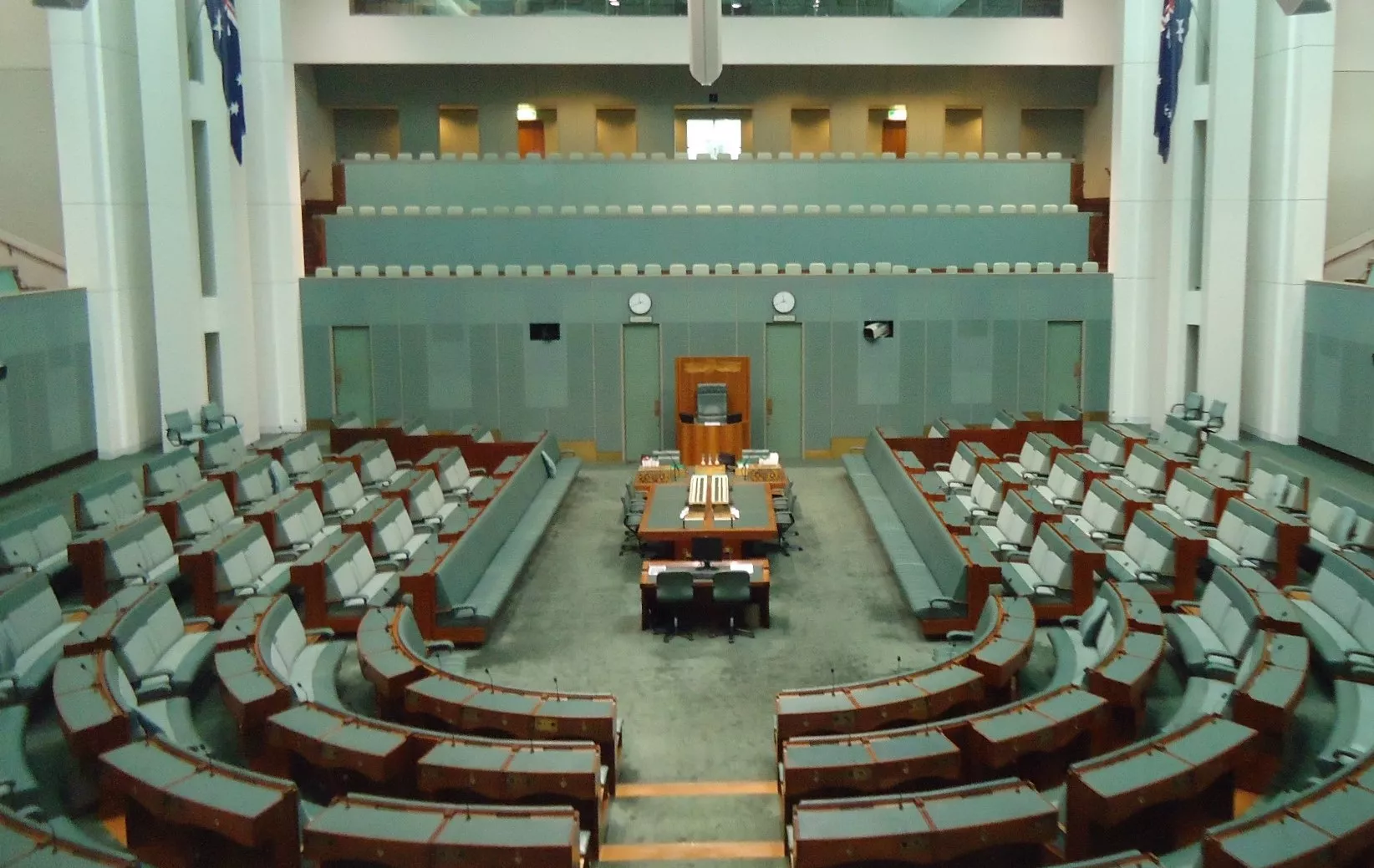‘Woman wrecker’: A suffragette’s story
- DateWed, 06 Jan 2016
On 1 March 1912, a middle-aged woman named Charlotte Blacklock joined about 200 other women outside shops and offices in London’s glittering West End.
At 5:45, reported the Sydney Morning Herald’s correspondent, the women ‘made simultaneous attacks on the shop windows nearest to each of them. Some drew hammers from muffs; many had handbags filled with heavy weights, which they swung against the glass.’
The correspondent continued: '[D]estruction was wrought. Bond-street on the east side was a ruin. Piccadilly shop fronts were starred on every side. The Strand, Haymarket, and Regent-street might have been bombarded. Many hundreds of pounds’ worth of plate-glass had been utterly destroyed.'
Some 270 premises were damaged in the ‘raid’, including those on Downing Street, Whitehall and Oxford Street. The windows at Burberry, Liberty, the luxury department store Marshall & Snelgrove and Kodak were smashed. The offices of the Canadian Pacific, the Grand Trunk Railway and German shipping company Norddeutscher Lloyd were not spared, either. ‘Five minutes later’, wrote the correspondent, ‘the streets were full of excited groups, each surrounding a woman wrecker being led in custody to the nearest police station …[A]ny unaccompanied lady in the streets, especially if she carried a handbag, became the subject of menacing suspicion.’ Charlotte Blacklock – a wrecker, a guerrilla warrior or even, in today’s parlance, a terrorist – was among the 120 or more women arrested.
Charlotte was a suffragette, and her action was typical of the organisation she supported, the Women’s Social and Political Union (WSPU). The WSPU was formed in 1903 out of frustration at the reluctance of the British government to give women the vote. WSPU members felt that years of peaceful lobbying by constitutional suffragists had failed; the British media had lost interest in their polite struggle for parliamentary reform.
The WSPU’s motto, Deeds Not Words, reflected its belief that only militant, often violent direct action would attract the outraged publicity necessary to affect change. Women would deliberately flout the law in order to be sent to prison, drawing attention to themselves and pressuring parliament to address their concerns. At this time, men who owned property worth a certain value or who paid a certain amount of rent could vote (many British working men, like women, were also disenfranchised). The WSPU believed that if property was what the government cared about, then property would be targeted. As suffragette Anne Cobden Sanderson said after her arrest outside the House of Commons in 1906, ‘I am a law breaker because I want to be a law maker.’
Charlotte Blacklock was sentenced to four months’ prison for her window-smashing efforts. While in prison she went on a hunger strike, another WSPU resistance tactic. Hunger-striking began in 1909, when suffragette Marion Wallace Dunlop refused food in protest at being treated like a common criminal instead of a political prisoner deserving ‘first-division treatment’. Initially hunger-striking suffragettes were quickly released, so that they would not die and become martyrs to their cause. But by mid-1912 it was reported that 90 of the 102 suffragettes in prison were being forcibly fed.
Manchester schoolteacher and suffragette Mary Leigh described her experience:
'On Saturday afternoon the wardresses forced me onto the bed and the two doctors came in with them. While I was held down a nasal tube was inserted. It is two yards long, with a funnel at the end; there is a glass junction in the middle to see if the liquid is passing. The end is put up the right and left nostril on alternate days. Great pain is experienced during the process, both mental and physical. One doctor inserted the end up my nostril while I was held down by the wardresses, during which process they must have seen my pain, for the other doctor interfered (the matron and two of the wardresses were in tears), and they stopped and resorted to feeding me by the spoon.
The sensation is most painful—the drums of the ears seem to be bursting and there is a horrible pain in the throat and the breast. The tube is pushed down 20 inches … Egg and milk is sometimes used.'
Another suffragette, May Billinghurst, recalled:
'It was the most awful torture … I wondered if the pain was as bad as child-birth. I just had strength and will enough to vomit it up again and I could see tears in the wardresses' eyes.'
Many women who received this treatment were sickened or injured. The practice is also thought to have contributed to the death of some suffragettes.
In 1909 the WSPU began to award hunger strike medals in recognition of the women’s dedication to their cause. The fact that the WSPU treated their actions like a military campaign is reflected in the words ‘For Valour’ inscribed on the ribbon bar of the medal. These words are also inscribed on the Commonwealth’s highest military award for acts of bravery in wartime, the Victoria Cross. Interestingly, the hunger strike medal was made by Toye & Co (now Toye, Kenning and Spencer), a company with a long tradition of creating military decorations, uniforms and regalia.
Perhaps this is not coincidental. As WSPU co-founder Christabel Pankhurst declared: ‘If men use explosives and bombs for their own purpose they call it war, and the throwing of a bomb that destroys other people is then described as a glorious and heroic deed. Why should a woman not make use of the same weapons as men? It is not only war we have declared. We are fighting for a revolution.’
We do not know what Charlotte Blacklock thought of her hunger strike ordeal. But we do know that her medal bears witness to the depth of her conviction of women’s right to participate in public and political life. She was willing to put her body, her mind, her very existence on the line for this right.







